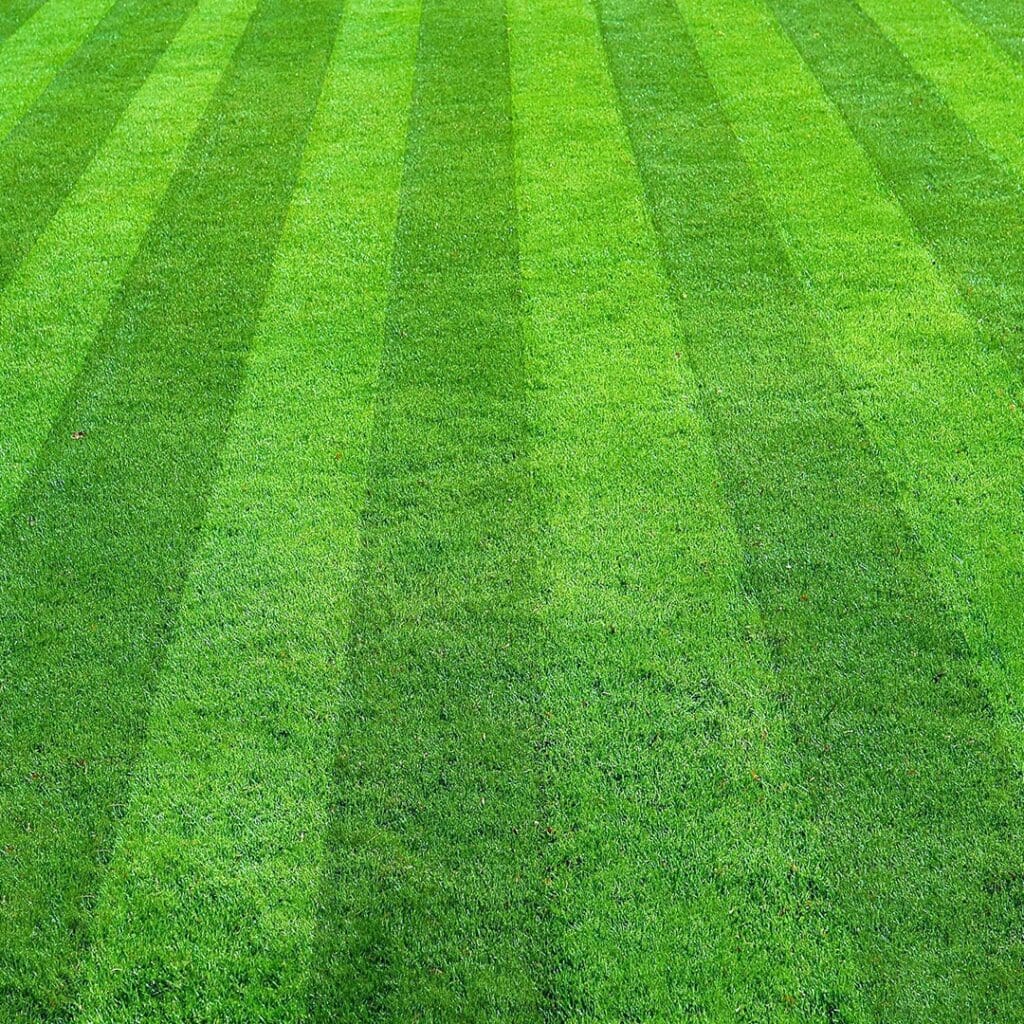
Introduction:
A lush, green lawn is the envy of many homeowners, but achieving and maintaining it requires more than just regular watering and occasional mowing. One critical factor that significantly impacts the health and appearance of your grass is its height. The optimal grass height varies depending on factors such as grass type, climate, and soil conditions. In this comprehensive guide, we’ll explore the importance of grass height for a healthy lawn, how to determine the right height for your grass, and essential tips for maintaining it at the ideal level.
Understanding the Importance of Grass Height:
The height of your grass plays a crucial role in its overall health and resilience. Here are some reasons why healthy grass height matters:
Root Development: Grass height directly affects root growth. Longer grass blades encourage deeper root penetration, which helps the grass access water and nutrients more efficiently. Deeper roots also make the grass more resistant to drought and environmental stress.
Photosynthesis: Grass blades are the primary site for photosynthesis, the process by which plants convert sunlight into energy. Maintaining an optimal grass height ensures that there is enough leaf surface area for photosynthesis to occur, promoting healthy growth and vigor.
Weed Prevention: Properly mowed grass shades the soil, which helps suppress weed growth by inhibiting weed seed germination and growth. Maintaining the correct grass height can serve as a natural weed control measure, reducing the need for herbicides.
Disease Resistance: Grass that is too short may be more susceptible to diseases, as it can become stressed and weakened. Conversely, excessively tall grass can create a favorable environment for fungal growth and pest infestations. Maintaining the right grass height helps strike a balance that promotes disease resistance.
Determining the Right Grass Height:
The ideal grass height varies depending on factors such as grass species, climate, and intended use of the lawn. Here are some general guidelines for determining the right grass height:
Grass Type: Different grass species have different height requirements for optimal health. Cool-season grasses such as Kentucky bluegrass and tall fescue typically thrive when mowed to a height of 2.5 to 4 inches. Warm-season grasses like Bermuda grass and Zoysia grass perform best when maintained at a height of 1.5 to 2.5 inches.
Climate: Climate plays a significant role in determining the ideal grass height. In regions with hot and dry summers, allowing grass to grow slightly taller can provide shade to the soil and help conserve moisture. Conversely, in cooler climates, shorter grass may be preferable to prevent disease and promote air circulation.
Seasonal Variations: Grass height requirements may change throughout the year. During periods of active growth, such as spring and early summer, grass may need to be mowed more frequently to maintain the desired height. In contrast, during periods of dormancy or drought, raising the mower height can help protect the grass from stress.
Intended Use: The intended use of the lawn also influences the optimal grass height. For example, high-traffic areas may benefit from slightly taller grass to withstand wear and tear, while ornamental areas may be maintained at a shorter height for aesthetic purposes.
Tips for Maintaining Healthy Grass Height:
Once you’ve determined the right grass height for your lawn, here are some tips for maintaining it:
Use the Right Mower: Invest in a quality lawn mower with adjustable cutting heights to ensure you can mow your grass to the desired height. Keep the mower blades sharp to achieve clean cuts that promote healthy grass growth.
Follow the One-Third Rule: Avoid cutting more than one-third of the grass blade height at any one time. Mowing too short can stress the grass and weaken its root system. If your grass has grown excessively tall, gradually reduce the height over multiple mowing sessions.
Mow Regularly: Maintain a regular mowing schedule based on the growth rate of your grass. During periods of rapid growth, you may need to mow weekly or even more frequently. In contrast, during periods of slower growth, you can space out your mowing sessions accordingly.
Adjust for Seasonal Changes: Be prepared to adjust your mowing height seasonally to accommodate changes in weather and growth patterns. For example, raise the mower height during periods of heat stress or drought to help the grass conserve moisture and stay healthy.
Leave Grass Clippings: Consider leaving grass clippings on the lawn after mowing to provide natural nutrients and moisture retention. This practice, known as grasscycling, can help reduce the need for fertilizers and improve soil health.
Conclusion:
Achieving a healthy, vibrant lawn begins with understanding the importance of grass height and how it affects the overall health and appearance of your grass. By determining the right grass height based on factors such as grass type, climate, and intended use, you can create an environment that promotes healthy growth and resilience. Regular maintenance, including proper mowing techniques and seasonal adjustments, is key to ensuring your lawn stays lush and green year-round. With the right approach to grass height management, you can enjoy a beautiful lawn that enhances the beauty and value of your property for years to come.


